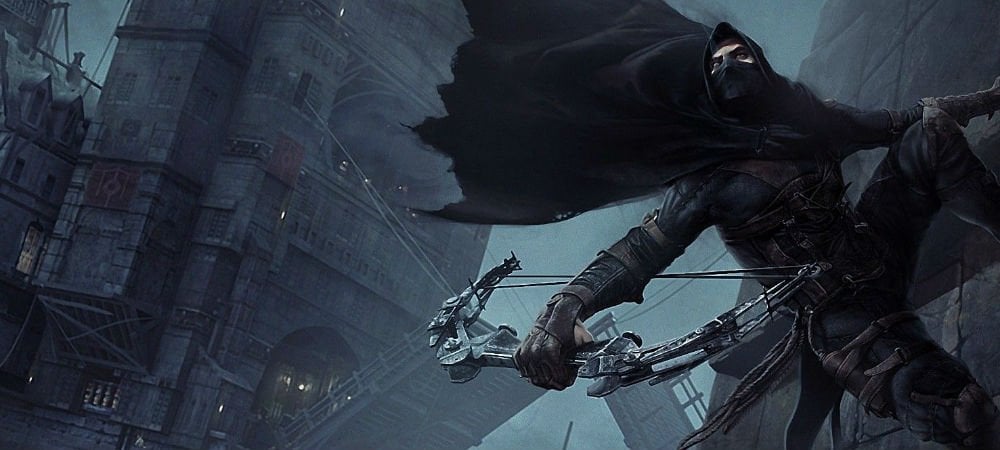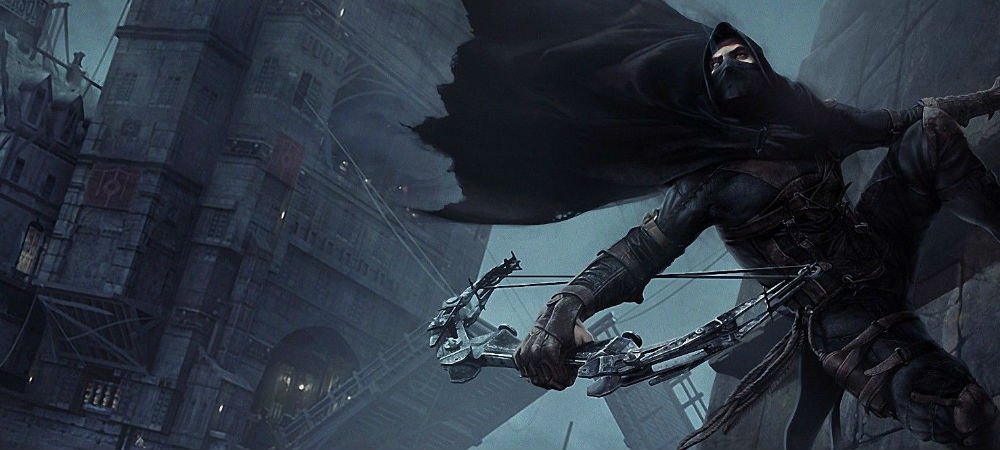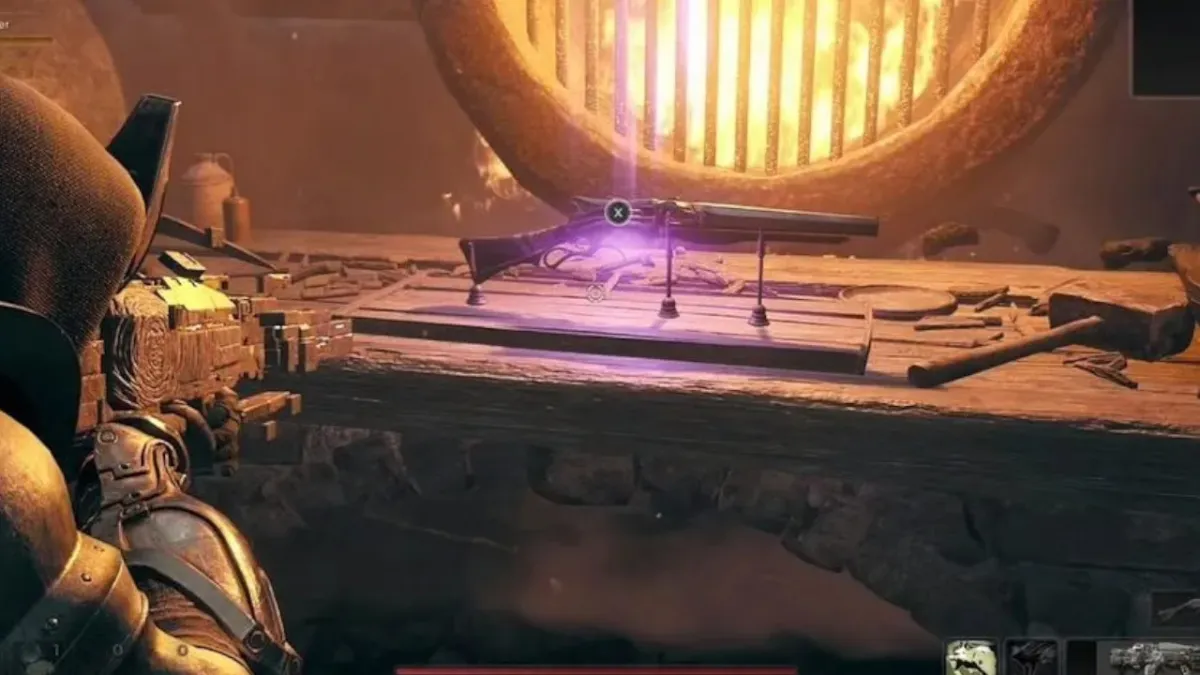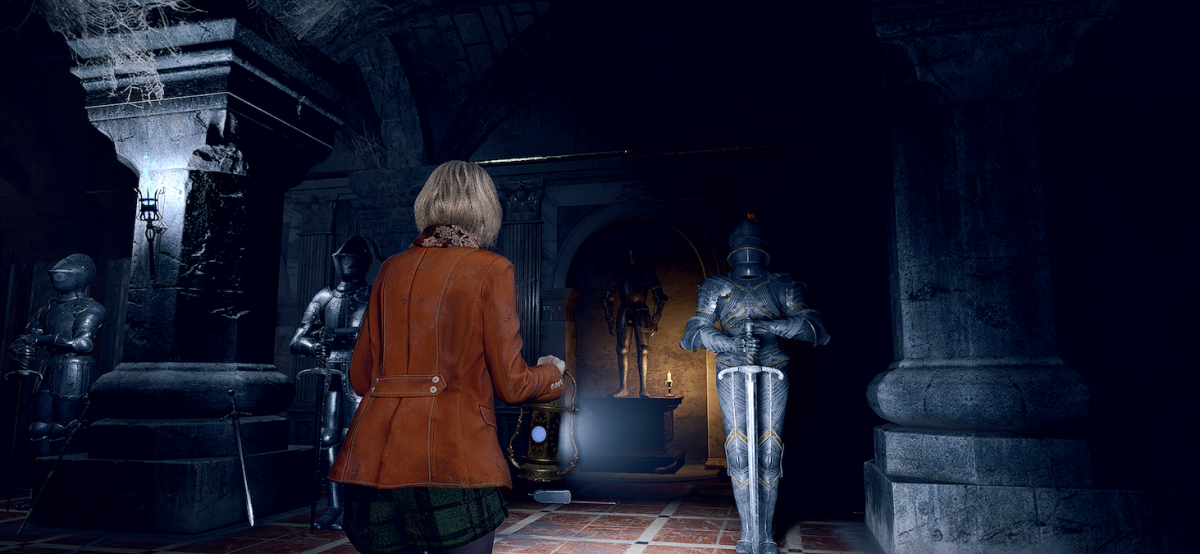Steal all the shinies
The original Thief was one of my favorite PC games of all time. It was unique in that it completely focused on stealth — a mechanic that wasn’t used often at the time outside of a few select games like the original Metal Gear.
It not only encouraged you to stay in the shadows, but stay silent as well, incorporating elements of sound into the core gameplay. It was stunning, to say the least. The new Thief manages to takes bits and pieces from the original franchise, but it isn’t nearly as memorable.

Thief (PC, PS3, PS4, Xbox 360, Xbox One [reviewed])
Developer: Eidos Montreal
Publisher: Square Enix
Released: February 25, 2014
MSRP: $59.99
There are naturally going to be direct comparisons to Dishonored with Thief, but it has a decidedly different feel to it. For starters, the main character, Garrett, talks and has a personality. He’s a thief but he has a code, and doesn’t like to kill if possible — in fact he means not to. Funnily enough there’s an option to turn off Garrett’s speech during gameplay which would make him a bit more Corvo-ish, but by default, he chats constantly nonetheless.
After a strange and jarring supernatural fueled intro, the narrative takes a bit to really get going, as the crux of the start of the game is “you’re a master thief — steal stuff.” You’ll be doing this in an old school medieval setting, where thieves are hanged without trial, and there’s a disease lurking around similar to the Black Death, called “The Gloom.” It’s your typical bleak medieval framework, but it works well enough.
While the stage is set for an interesting tale, it never really takes off into anything memorable. There are no real twists or turns, and the vast majority of the story is predictable — Garrett’s actions included. Simply put, we see what Garrett is about at the beginning of Thief, and that’s all you’re really going to get throughout. He kind of reminds me of The Witcher‘s Geralt of Rivia, but with a less interesting backstory and no real interesting development throughout the game itself. It would have been fine if any sort of attempt at character development took a backseat in favor of gameplay, but Eidos Montreal tried to incorporate it in Thief, and somewhat failed.
But that stage is a beauty though, as Thief looks great on the Xbox One, PC, and PS4. It sports an insanely detailed lightning system that directly influences gameplay, and the fog effects are top notch, adding to the atmosphere in a big way. To drive that point home, at one point while a major event was happening on-screen I didn’t realize I had direct control yet. The only thing that bothered me in particular with the presentation is that occasionally the audio levels for character vocals would often be so low that the music would boom over it. That’s definitely an oversight, and a prime candidate for a patch.
So how does Thief play? Well, a lot like a first-person Assassin’s Creed, actually. One button (LT/L2) controls running, climbing, jumping, and pretty much everything having to to with movement, just like any Creed game. Garrett will climb any pertinent fixtures, jump across an gaps he can reach, and so on. It’s really weird to get used to at first since you don’t have the direct ability to jump in place like most first-person affairs, but it works well enough once you realize levels are designed like jungle gyms, with room to move around.
Again, stealth is everything in Thief. You don’t want to fight, and you’ll use the shadow meter on the HUD (a light that reads white or black) to ensure that you’re always lurking in the dark. Crouch-walking is also key, as is the full management of an analog stick to ensure you’re not slinking too quickly over loud objects like broken glass. Forcing you to look at the ground and be aware of all of your surroundings is a rather unique feeling in gaming, and it represents what Thief does best: the little things.

Things like always making sure you close doors behind you, blow out errant candles, or hide bodies in the shadows — actions like that really help make Thief shine. It’s also a thrill to pick up the hundreds (if not thousands) of pieces of loot scattered across the game, hidden in drawers, safes, behind paintings, and pretty much everywhere someone would feasibly hide valuables. Stealing loot (and thus earning gold) is directly tied to upgrades so it makes sense on multiple levels — it’s not just a way to role-play as a thief, it’s a character progression mechanic. Lest you groan at the idea of picking locks, the act is actually fun and easy, and all of the game’s gadgets like water arrows and fire arrows, are just as easy to use.
But after experiencing all those fun little moments, you’ll get back to the big picture of the game’s missions, which aren’t all that exciting. A great deal of stages involve a standard “get here” goal at the end of a maze, leaving you to stumble across tiny corridors from one challenge room to the next. While a few stages are open-ended in the sense that you can devise your own way to get from point A to B, a lot of them only have one solution — and the only brainstorming you’ll have to do is how to get past (or take out) the guards. It’s disappointing, because the original Thief series had stages that felt like giant sandboxes, really putting you in control of your own destiny.
To get through said levels, you can upgrade pretty much every facet of Garrett, from his melee damage to his defense, including his magic-like “Focus” powers that he’s bestowed with at the beginning of the game. While this initially just seems like it’s a rip off of the Arkham series’ “Detective Vision,” there’s actually a lot more to it. Focus upgrades allow you to pick locks better, gain more combat prowess, slink better in the shadows, and more. It adds a lot of variety to Thief, but if you really hate the idea, you can turn it off.

One of the best parts of the game is the ability to completely customize the difficulty. You can do things like disable manual saves, turn off Focus powers entirely, allow stealth takedowns only, or eliminate the ability to takeout enemies at all. There’s also extended options like an Iron Man mode, where you’re required to beat the game in one life without saves. It’s insane how many options there are, and gamers who are looking for a challenge will find it with Thief.
Content-wise there’s a lot here to augment the roughly 10-hour campaign, as the optional underground network offers up a multitude of sidequests to take up your time. The other big addition is a fully-fledged Challenge Mode, which operates very similarly to Resident Evil‘s “Mercenaries” gametype — but with a focus on stealth instead of combat. Across two maps you’ll be able to play the “Chain” mode (grab as much loot as you can with a multiplier for quick steals), and a mode similar to “hot and cold” where you have to scavenge for singular pieces of loot.
These modes are surprisingly fun since they’re different every time — the game randomly scatters loot around and scores you accordingly with full leaderboard support. I would have loved to have seen this arcade-like feature expanded up further beyond a mere two locations at launch though, since it adds a lot of character to the underperforming campaign. It looks like more maps are coming by way of DLC though, if you’re into that.

Thief is a great escape for those of you who yearn for more stealth experiences, but it doesn’t really offer up anything exciting. The story and characters are somewhat forgettable, most of the missions are straightforward, and the locales tend to blend together after a while. Having said that, there’s a lot of potential here if you dig deep down into the game’s ingenious difficulty sliders and challenge modes. In that sense, Thief succeeds as a bold stealth game, despite its bruises.





